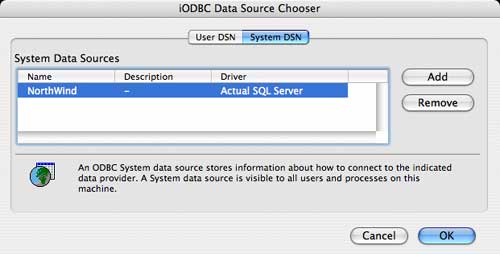Data Connections Excel For Mac 2016
I have a worksheet with some VBA buttons which are used to refresh some data connections in the workbook. I'm using Excel 2016 for Mac, V15.39 (16.9 is too buggy to use in my case). The macros used to work, but an update happened at some point which made it so Excel crashes when trying to run them. Excel 2016 for Mac has a brand new Microsoft Query (MSQuery) and Connection Manager to make creating and managing all of your data connections easier and more consistent with Windows. Let’s take a deep dive into how each of these improvements can help you. How to stop 'Security Warning Data Connections have been disabled' MAC OS Excel 2016 I have created a couple data connections to an Access database and every time I open the Excel spreadsheet the security warning is there saying the data connections have been disabled. The settings are accessed from the data tab in Excel. First, click on “Connections” to view the available connections in the workbook. Next select the connection and click “Properties”. Select the “Definition” tab, and at the bottom of the dialog box, click on “Authentication Settings”. It’s a well hidden option.
When using, upon opening a file, you may see the following message: Security Warning: Data Connections Have Been Disabled This warning message is disconcerting, annoying, and in most cases unnecessary. Microsoft 2013 for mac. While Excel can have active data connections with other files and cloud-based data sources, sometimes there can be old data connections that aren’t necessary. Perhaps at one point you imported a into columns on an existing sheet.
That import session may be saved under connections, even though there isn’t actually a dynamic real-time connection to the long-ago-deleted CSV file. Follow these steps to remove unnecessary data connections from Excel files: • Make a backup of your spreadsheet file.
• On the Data menu/ribbon click on Connections. A visual of this is below from Excel 2016 for Mac. See the Connections option under the Data tab. • You’ll see a list of current data connections as shown below. Remove any that aren’t in use. Keep in mind that this probably won’t have any negative impact, unless you’re using a more complex spreadsheet workbook (like at work) that actually uses active data connections.
Notice in the example below, there are no locations in the workbook where the data connection is being used. So, it’s just unnecessary at this point.
By Excel 2016 makes it possible to query data lists (tables) stored in external databases to which you have access and then extract the data that interests you into your worksheet for further manipulation and analysis. Excel 2016 also makes it easy to acquire data from a variety of different data sources, including Microsoft Access database files, web pages on the Internet, text files, and other data sources such as database tables on SQL Servers and Analysis Services, XML data files, and data tables from online connections to Microsoft Windows Azure DataMarket and OData Data feeds. When importing data from such external sources into your Excel worksheets, you may well be dealing with data stored in multiple related tables all stored in the database (what is referred to in Excel 2016 as a Data Model). The relationship between different tables in the same database is based on a common field (column) that occurs in each related data table, which is officially known as a key field, but in Excel is generally as known as a lookup column. When relating tables on a common key field, in at least one table, the records for that field must all be unique with no duplicates, such as Clients data table where the Customer ID field is unique and assigned only once (where it’s known as the primary key).

How to save a single frame as a photo in photo for mac. In the other related data table, the common field (known as the foreign key) may or may not be unique as in an Orders data table where entries in its Customer ID may not all be unique, as it’s quite permissible (even desirable) to have the same client purchasing multiple products multiple times. There’s only other thing to keep in mind when working with related data tables and that is the type of relationship that exists between the two tables.